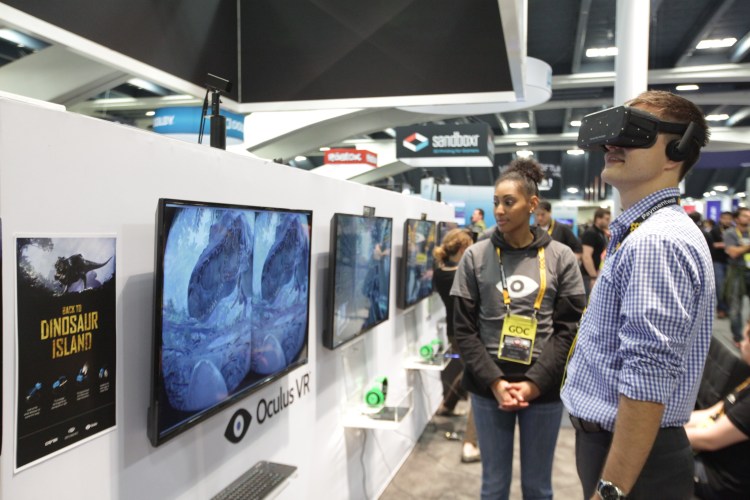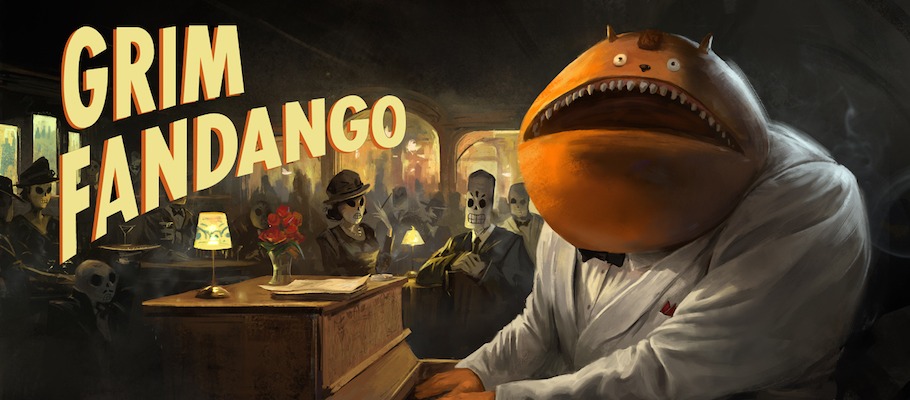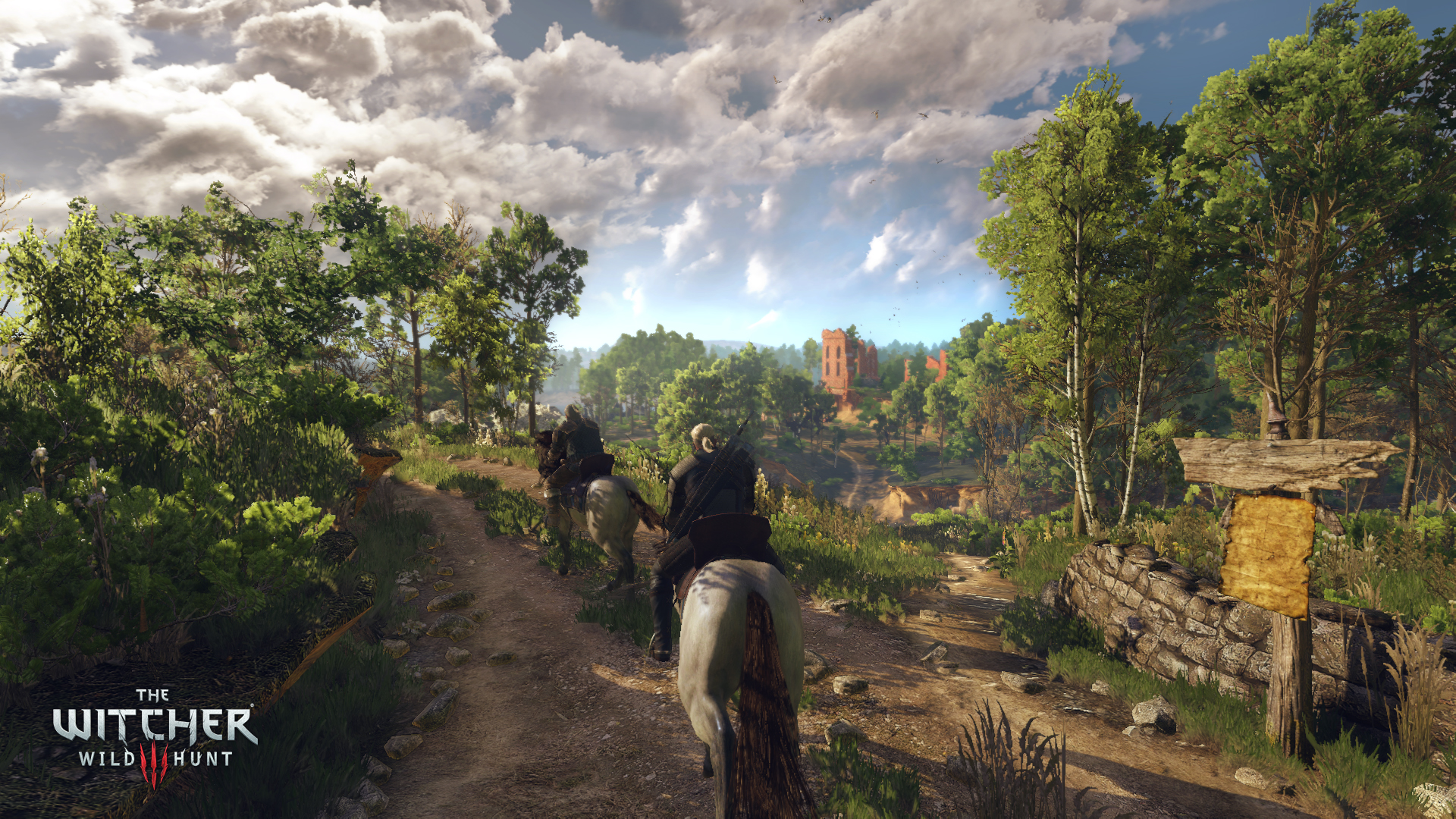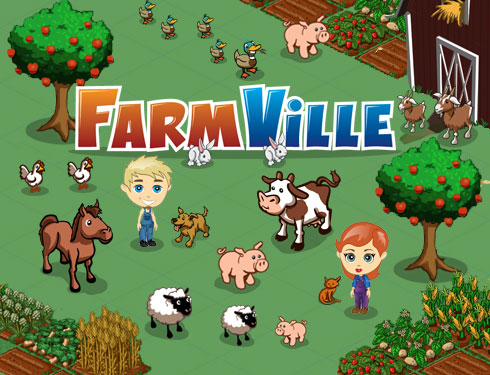The gaming industry has had an interesting 30 years.
Many of the industry’s biggest names took the stage at the Game Developer’s conference in San Francisco today to look at how technology and trends have changed the industry. Chris Crawford started the first GDC, then known as the Computer Games Developer Conference, in 1987 in his living room. He was the first to speak, showing just how far technology has come. He noted that his computer today now has 2,000 times more memory than the one he had 30 years ago. The user base for desktop PCs has gone from 100 million to billion. Consoles have gone from 62 million to 600 million. Today, we have new gaming markets like tablets and smartphones.
And gaming has become a $99.3 billion market.
“You guys live in a completely different universe than I did when I started this conference,” Crawford said.
Lori Ann Cole, a designer of the Quest For Glory series, talked about the history of adventure games, which involve storytelling and puzzles. It started with a 1977 game called Adventure, a simple, text-based program. The first to add graphics was 1980’s Mystery House, and it led to classic Sierra On-Line adventure series like King’s Quest and Police Quest.
LucasArts soon followed, making an impact with humor and cleverness in games like Monkey Island and Day of the Tentacle, until Grim Fandango was the company’s last adventure game in 1998. The industry considered the genre dead after Grim Fandango failed to generate sales. However, adventure games have found renewed life from companies like Telltale and Double Fine, whether built on brands like The Walking Dead and Game of Thrones or funded by gamers through Kickstarter.
“Adventure games are alive and well and still very fun to play,” Cole Said.
The 7th Guest creator Graeme Devine then took the stage, recalling that his first GDC was back in 1990, when MS-DOS was still the primary operating system for computers. He remembered when it used to take dozens of floppy disks to install games. The CD-ROM helped advance the industry. It gave developers the capability to add things like full sound support. It also allowed people to install encyclopedias and dictionaries on their computers. For gaming, the CD-ROM resulted in massively successful games like Devine’s The 7th Guest and its competitor Myst, both of which were impossible before the CD era.
Phil Harrison, who worked at Sony from 1992 to 2008, also recalled 1990, however he remembered the intense rivalry between Sega and Nintendo. He also noted Sony’s early relationship with Nintendo that eventually broke down and resulted in the creation of the PlayStation brand. He noted that the advent of CDs made games cheaper, since they could manufacture disks for less cost than cartridges.
The PlayStation was state-of-the-art when it came to 3D graphics, with Sony spending $50 million on research and development on its first home gaming console. He also noted that the PlayStation name wasn’t popular with Sony in the U.S., who wanted to call it the PSX instead. Games like Wipeout and Crash Bandicoot helped to make the system a hit, and blockbusters like Tomb Raider and Final Fantasy VII helped to make the industry more mainstream. The success of that first system resulted in a brand of consoles alive today with the PlayStation 4.
Raph Koster, the lead designer of Ultima Online, then talked about MUDs (multiuser dungeons), the early version of multiplayer online role-playing games. These were the first virtual worlds. Ultima Online, EverQuest, and Asheron’s Call became “the big three” of MMO pioneers. Koster noted that the developers of all these games were friends. They realized that the work they were doing was different from their peers, as they had to deal with the social issues that came with making new worlds. 2004’s World of Warcraft quickly dominated the market and resulting in a floodgate of new MMOs like Star Wars: The Old Republic and Lord of the Rings Online. Koster noted that innovations in MMO resulted in gaming innovations like free-to-play, social gaming, and digital currency. He noted that open-world and virtual reality games are taking over the niche that MMOs once served of letting people live in virtual worlds.
Dave Jones recalled 21 years ago when a company he worked for called DMA which began working on a top-down racing game that eventually turned into Grand Theft Auto (DMA eventually became Rockstar). It was a pioneer in the open-world genre by enabling players to get out of their cars and explore. It wasn’t just about racing. It tasked players with completing missions by hijacking cars and shooting enemies. Just 10 people made the first Grand Theft Auto.
“Open-world games are like a chemistry set,” he said. Jones explained that it’s fun to mess around with ingredients and see what you get. The success of Grand Theft Auto has resulted in dozens of open-world games, including recent hits like The Division and The Witcher III: Wild Hunt.
Ken Lobb from Microsoft Studios then talked about digital distribution. Xbox Live Arcade started in 2003 as a way to bring arcade games to the Xbox platform, hoping to get retro games like Robotron 2004 playable on modern systems. The company added features like leaderboards and trophy support. The brand took off when a minigame from Project Gotham Racing, Geometry Wars, became a standalone release on Xbox Live Arcade. The brand became a hit thanks to games like Trials HD and Shadow Complex. Microsoft also launched the Summer of Arcade promotion that gave extra exposure to the digital games. He also noted that they had an Xbox 360 version of GoldenEye almost done but lawyers shut it down.
The success of Xbox Live Arcade helped make the idea of digital-only releases more standard, and it gave independent developers a way to release games without having to worry about the expensive prospect of manufacturing physical copies.
Chelsea Howe from EA Mobile then talked about the advent of social gaming. It started with 2009’s Farm Town on Facebook, but FarmVille quickly overshadowed it. Puzzle and simulation games soon helped to popularize free-to-play games. It also resulted in “dark design trends” that had players begging friends for help via Facebook posts. It turned friends into another form of currency. Social games also made live data an essential tool for game makers that wanted to see how engaged its players were (and how much money they were spending). The big boom of social games ended in 2012 after Facebook introduced more restrictions along with the rise of mobile.
Luke Muscat, designer of the mobile hit Fruit Ninja, then came onstage to talk about the mobile industry. He explained that 19,310 games were submitted to the iOS App Store in January alone, showing just how crowded the industry has become. But quality can still stand out. Modern mobile games like Crossy Roads and Clash Royale continue to become huge hits. He noted that when he originally entered the game industry and worked on traditional titles, his parents were supportive but ultimately couldn’t really relate. However, mobile games has allowed people like his parents to understand.
“Our families are not a part of this industry we love so much,” Muscat said.
Tim Schafer of Double Fine then took time to talk about the trend of crowdfunding, which he helped launch with Broken Age. He noted that money for development used to come almost exclusively from publishers, but crowdfunding has given developers a way to get the money needed to make a game directly from players. He noted that Double Fine initially resisted using Kickstarter in 2010, thinking it couldn’t work for a big game. Then, in 2012, it asked for $400,000 to fund an adventure game and a documentary. It ended up earning over $3.3 million. Double Fine was now able to make a game without worrying about a publisher canceling the project mid-production.
Schafer has now started his own crowdfunding site, Fig, which allows funders to actually invest in a game and potentially share in profits. Schafer used the platform to fund Psychonauts 2.
Seth Killain, who has worked on fighting games for Capcom and Sony, took the stage to talk about esports, or competitive gaming. He talked about the Evo fighting game tournament, which he notes has grown every year and is the largest fighting game tournament in the world. Broadcast platforms like Twitch have helped esports grow into a massive business. He notes that the most successful competitive games have supportive developers and passionate players. These can help games grow long after launch. He believes that we can see games live beyond the first few months after launch and instead flourish for a decade.
Palmer Lucky, the founder of Oculus, brought up virtual reality, arguably the most notable emerging trend in gaming. He noted that three years ago the virtual reality market barely existed. He remarked that he is just 23 years old and that this is only his third GDC. However, while much of the talk focused on gaming’s past, Lucky and VR represent the future of the industry.
“We don’t know how things are going to play out,” he said regarding the upcoming launch of VR devices like the Oculus Rift. He said that there will be successes, but there will also be failures. The industry will have to learn together what works in VR. He said that gaming was stuck in a rut for a while, but things like VR and esports have energized the industry.
It was pretty spectacular to see these notable figures take us through a short history of gaming and remind us how things we take for granted like digital media and open-worlds were once huge innovations that shook the industry. It also allows us to see, thanks to VR, that the innovation isn’t stopping.
VentureBeat's mission is to be a digital town square for technical decision-makers to gain knowledge about transformative enterprise technology and transact. Learn More






